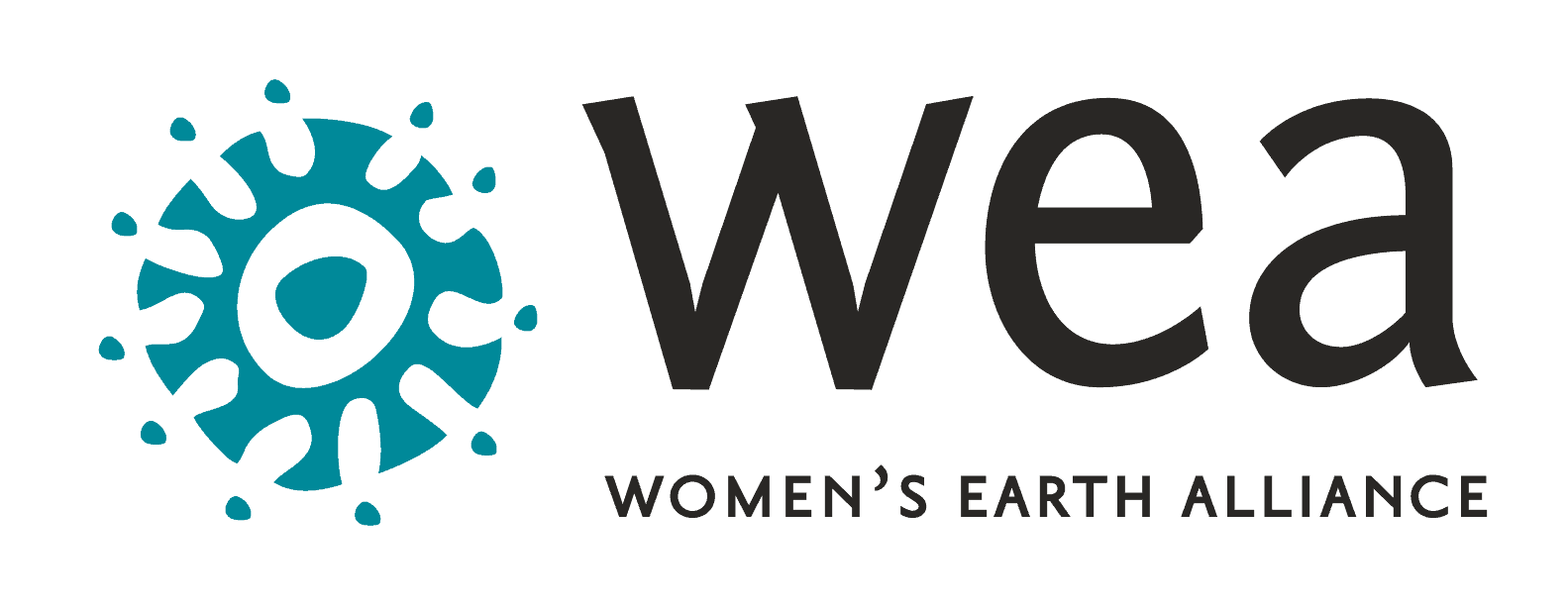Indigenous Women and the Way Forward from Fukushima

Photo: Havasupai prayer items at uranium mine near Red Butte in Northern Arizona.
“In a [Navajo] creation story, the people were given a choice of two yellow powders. They chose the yellow dust of corn pollen, and were instructed to leave the other yellow powder—uranium—in the soil and never to dig it up. If it were taken from the ground, they were told, a great evil would come.”—Winona LaDuke, Director, Honor the Earth
While Japan reels from tsunami and an escalating nuclear catastrophe, the Obama administration last week affirmed its commitment to nuclear power’s role in our national “clean energy” portfolio. Our leaders can’t account for the safety of our 104 domestic nuclear power plants in a major earthquake, the national security risks of nuclear proliferation for energy, or the nuclearwaste disposal conundrum. Nonetheless, uranium mining and the development of new nuclear power facilities continues apace.
Women are raising their voices to demand safe energy. Renowned activists like Helen Caldicott and Joanna Macy, along with scores of concerned women at the grassroots, denounce nuclear energy as a dangerous and foolhardy enterprise from its cradle – the environmental and public health damage wrought by uranium mining, to its grave – the unsolvable problem of radioactive waste disposal.
These leaders call attention to the unique and often disproportionate health impacts borne by women, children and fetuses from nuclear radiation. They describe the outrageous risks of nuclear energy as an intentional or accidental weapon of war. And they share a vision for a nuclear-free U.S. energy portfolio.
Indigenous women, particularly, stand at the front-lines of the nuclear energy debates, with their lives and the lives of their families and communities threatened by uranium mining. Southwestern tribal peoples such as Navajo, Havasupai and Western Shoshone suffer the egregious impacts of uranium extraction on water, land, and health – especially because of the relative lack of federal protection for tribal natural resources and public health in the face of the uranium boom.
In some Navajo communities, for example, one person on average from each family – thousands of people, overall – has died from health issues related to uranium exposure in the mines. The largest nuclear spill in U.S. history took place on the Navajo Nation, at Rio Puerco in 1979 – and yet the federal government recently authorized the reinitiation of mining activities at that very site. Lands surrounding the Grand Canyon are uranium-rich and targeted for mining – threatening the water sources and lives of Havasupai peoples who live downstream from many of the proposed mines.
But women like Carletta Tilousi (Havasupai), Anna Rondon (Navajo), and Winona LaDuke (Anishinaabe) speak out about the dangers of nuclear energy to their peoples’ bodies and sacred lands. These courageous women are part of a larger movement of Indigenous leaders articulating a powerful vision for a carbon-free, nuclear-free future. Tribal lands, currently exploited for coal, oil, gas and uranium, are replete with renewable energy resources – it is said that the entirety of the Southwestern U.S.’ solar energy potential could power the entire U.S. electricity grid.
WEA’s Advocacy Network stands in solidarity with Indigenous women environmental leaders, providing critical technical expertise to support the realization of their visions for a sustainable, balanced, just energy portfolio. Tribal lands, presently exploited as “energy colonies,” can lead by example towards a renewable energy-powered future. The crisis in Japan calls us to move towards a stable, life-protecting energy portfolio – fortunately, Indigenous women leaders are offering us all a map to this powerful, necessary path.
